Latest Update: Nov 13, 2025, 6:47:24 PM

In today's world, where natural resources are becoming scarcer and climate change puts pressure on traditional agriculture, the use of modern agricultural technologies is of particular importance. One of these technologies is greenhouse construction, which creates a controlled environment, allowing for the year-round production of high-quality agricultural products. In Iran, given the climate diversity and the need to increase agricultural output, the construction of Iranian greenhouses (referring to greenhouses built and adapted for the Iranian context) has emerged as an effective solution for improving the agricultural sector.
This article examines the benefits of constructing Iranian greenhouses and their role in developing sustainable agriculture.
Increased Production and Efficiency
One of the most significant advantages of building an Iranian greenhouse is the increase in production and efficiency. In a greenhouse, environmental factors such as temperature, humidity, light, and plant nutrition are precisely controlled. This allows plants to grow in optimal conditions, resulting in higher yields. Furthermore, by using drip irrigation systems and modern cultivation methods, water and fertilizer consumption can be optimized, leading to a reduction in production costs.
Improved Product Quality
Products grown in an Iranian greenhouse have higher quality due to the controlled environmental conditions. These products are usually free from pests and diseases and have better flavor and aroma than crops grown in open fields. Additionally, the ability to produce off-season crops in a greenhouse leads to increased product diversity and improved farmer incomes.
Reduced Water and Energy Consumption
Another benefit of Iranian greenhouse construction is the reduction in water and energy consumption. Within the greenhouse, water consumption can be minimized by using drip irrigation and misting systems. Moreover, the use of plastic coverings and thermal insulation prevents energy loss and reduces the costs associated with heating and cooling the greenhouse.
Production of Organic Products
Given the increasing demand for organic products, the construction of an Iranian greenhouse can play a crucial role in their production. In a greenhouse, it is possible to control pests and diseases biologically and use organic fertilizers. This ensures that the products grown in the greenhouse are free from any chemical substances and can be supplied to the market as organic produce.
Job Creation and Rural Development
The construction of Iranian greenhouses can lead to job creation and rural development. By establishing small and medium-sized greenhouses, employment can be generated for rural youth, helping to prevent the migration of villagers to cities. Furthermore, the development of greenhouses can lead to increased farmer income and improved economic conditions in rural areas.
Environmental Compatibility
Iranian greenhouses can contribute to the environment by utilizing renewable energy sources such as solar and wind power. Additionally, using recycled materials in greenhouse construction can help reduce environmental pollution.
Conclusion
Given its numerous advantages, the construction of an Iranian greenhouse can play a significant role in developing sustainable agriculture in Iran. Increased production, improved product quality, reduced water and energy consumption, organic product creation, job creation, and environmental compatibility are among the most important benefits of Iranian greenhouse construction. Considering the existing potential in Iran, supporting investment in the greenhouse sector can lead to sustainable agricultural development and an increase in agricultural output.



 Dutch Greenhouse Complexes: Aalsmeer Hub, Benefits, & Costs Guide
Dutch Greenhouse Complexes: Aalsmeer Hub, Benefits, & Costs Guide
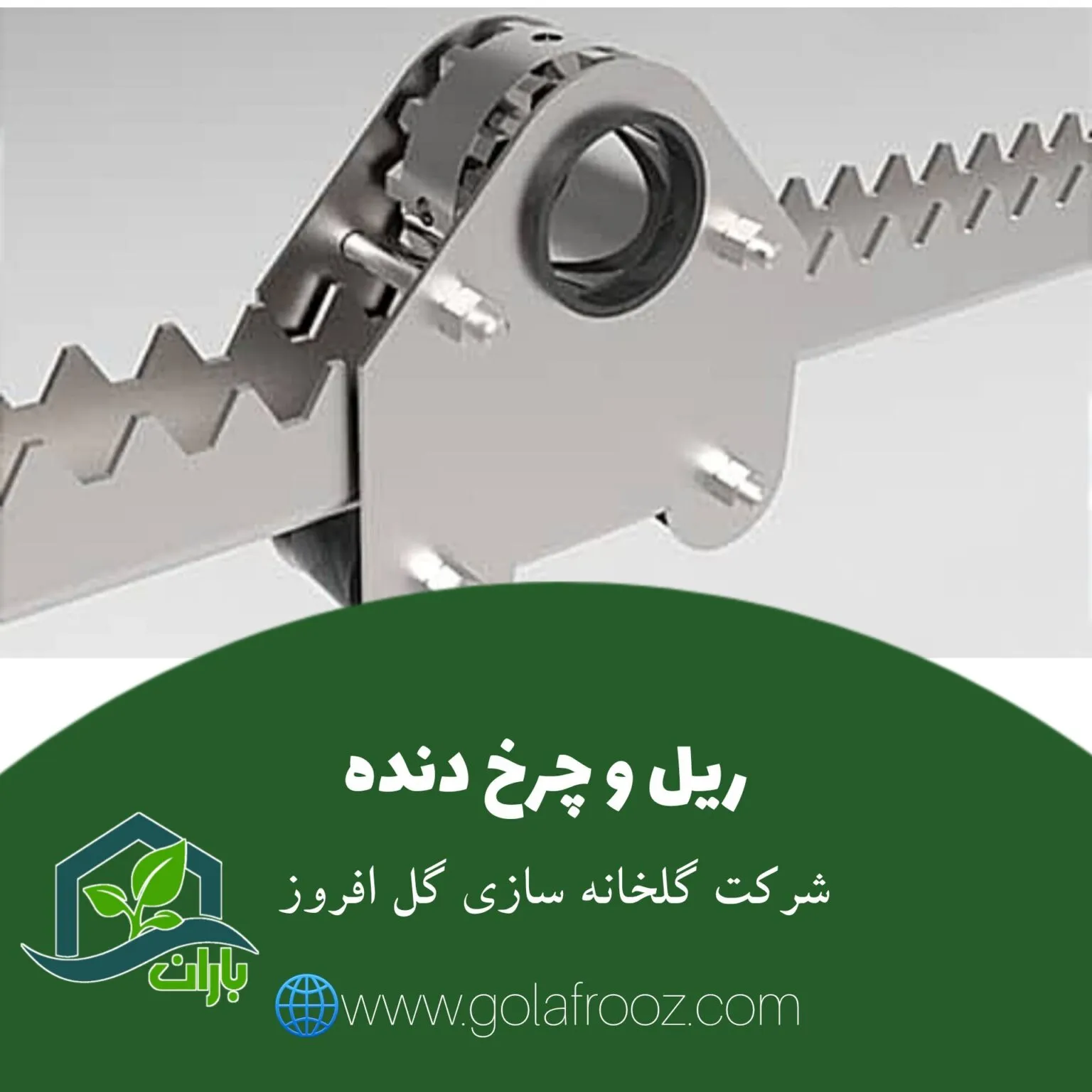 Greenhouse Rail and Gear Systems: Automation, Benefits & Price Guide
Greenhouse Rail and Gear Systems: Automation, Benefits & Price Guide
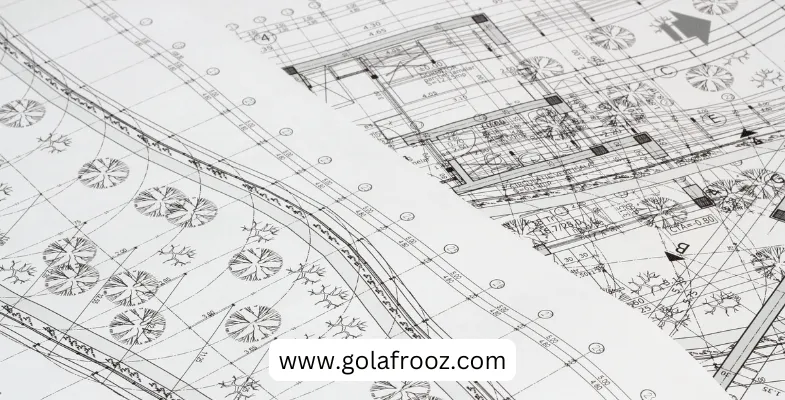 Comprehensive Guide to Greenhouse Plans: Designs, Types & Layouts (Spanish vs. Dutch)
Comprehensive Guide to Greenhouse Plans: Designs, Types & Layouts (Spanish vs. Dutch)
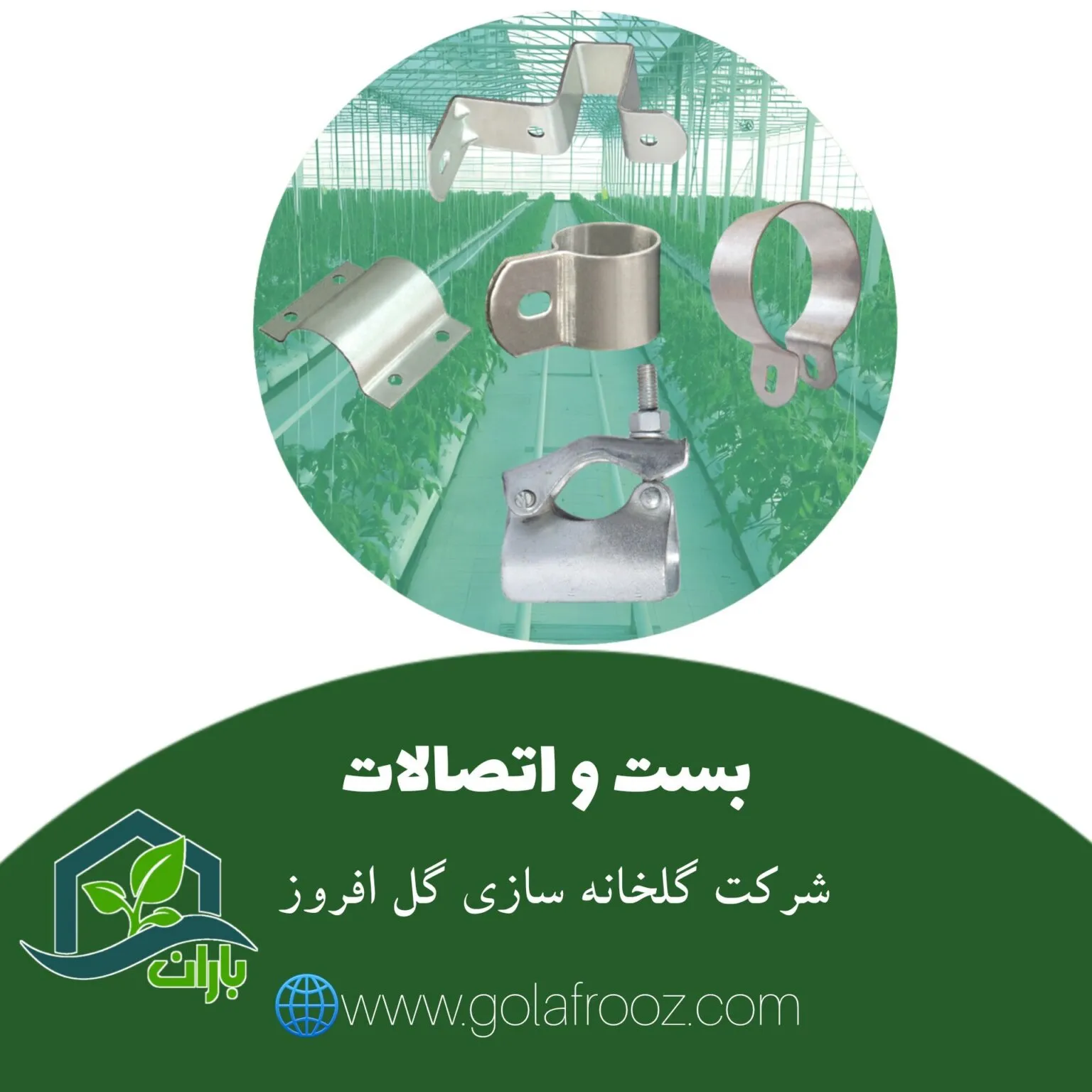 Greenhouse Fittings & Fasteners: Types, Uses & Pricing Guide
Greenhouse Fittings & Fasteners: Types, Uses & Pricing Guide
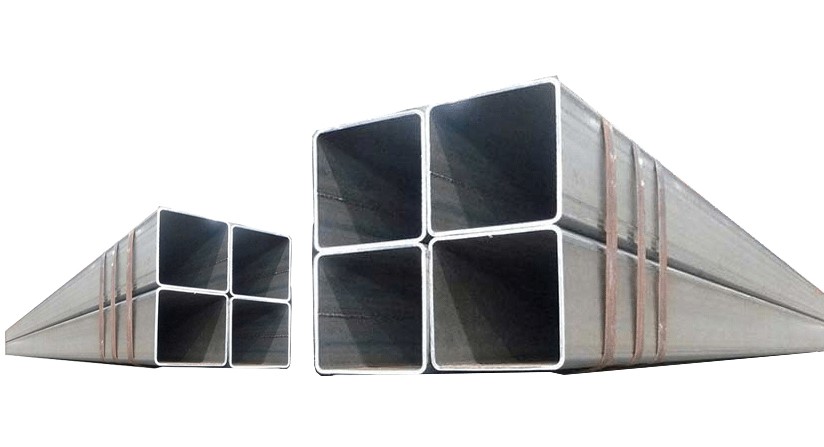 Galvanized can profile 10
Galvanized can profile 10
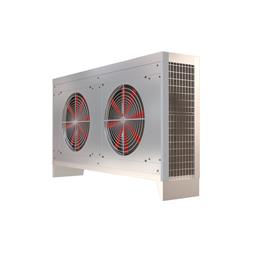 Axial Fan Evaporative Cooler
Axial Fan Evaporative Cooler
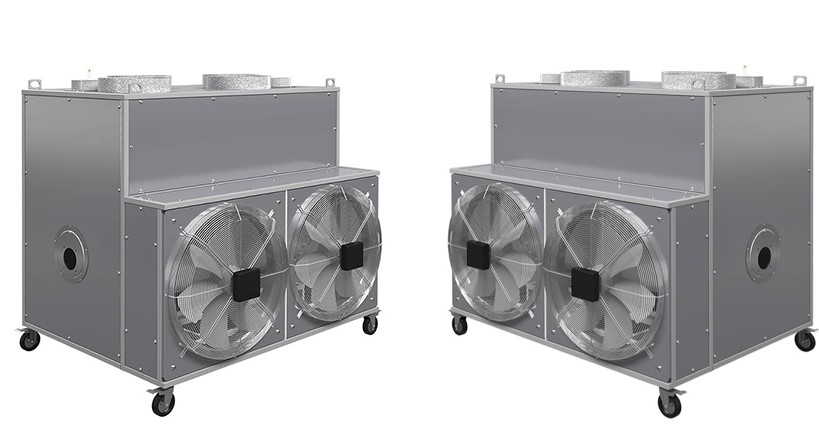 Furnace Heater
Furnace Heater
 Type 4 Circulation Fan
Type 4 Circulation Fan
 Greenhouse Mist Sprayer
Greenhouse Mist Sprayer
